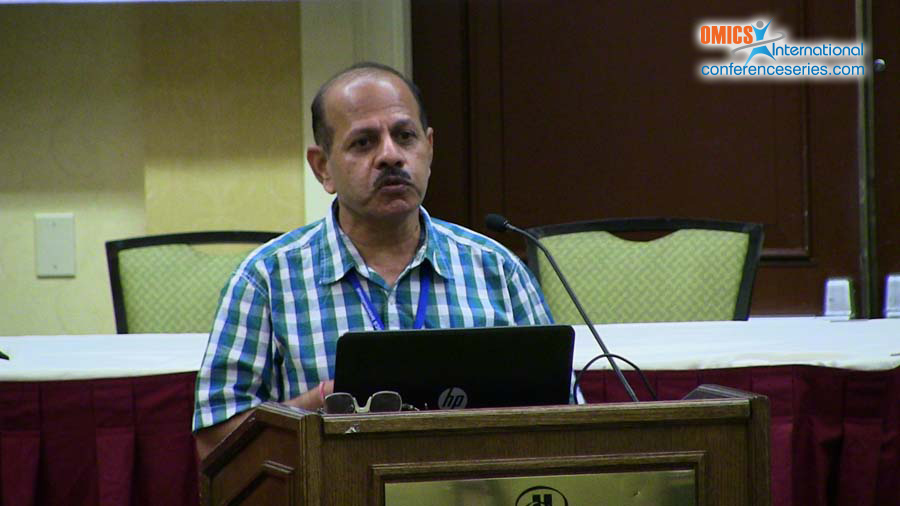
S P Goyal
Wildlife Institute of India, India
Title: Developing forensic protocols to identify hair and use of DNA profile data in tracking poaching of Tibetan Antelope ( Pantholops hogdsonii )
Biography
Biography: S P Goyal
Abstract
Tibetan Antelope (Pantholops hogdsonii), a critically endangered antelope, is primarily restricted to the Xinjiang and Tibetan Autonomous Region (TAR) of China and the Ladakh region in India. Although India does not have a large resident chiru population, however small herds are reported to migrate to Ladakh during the summers and return to the high planes of TAR in the winters. The habitat of chiru in the Indian territory is north of Ladakh in the Karakoram range and Changchenmo Valley at altitudes between 3700-5500 meters above mean sea level. Over the years, the population of Chiru has declined alarmingly primarily due to poaching in Tibet for it’s prized under wool used in weaving of Shahtoosh shawls. In the present study, we describe forensic protocols to identify species from hair (guard and wool) for effective implementation of Acts and CITES using microscopic, SEM and species specific SNPs. First time we document, the genetic variation of Indian population and its relationship with other three main populations of the Tibetan antelope of China. We selected the hypervariable 248 bp control region and amplified the same in thirty samples of Tibetan antelope that were collected from the Changchenmo valley (Ladakh) and hair samples collected from seized shawls of Tibetan antelope. We retrieved control region sequences (n-53) from public domain available at NCBI. Overall nucleotide diversity (π) and haplotype diversity (h) in Indian population were 0.007 and 0.715 respectively. The overall diversity in comparison with Indian and Chinese population were found to be 0.016 and 0.936 respectively. The overall genetic distances between Indian (IND) and three population of China (Xinjiang, Xizang and Qinghai) populations is 0.02. The present study revealed that the Tibetan antelope population in India is close to Chinese population inhabiting in Xinjiang region. Published and observed haplotypes in India of Tibetan antelope were used to locate likely poaching of species for its wools




